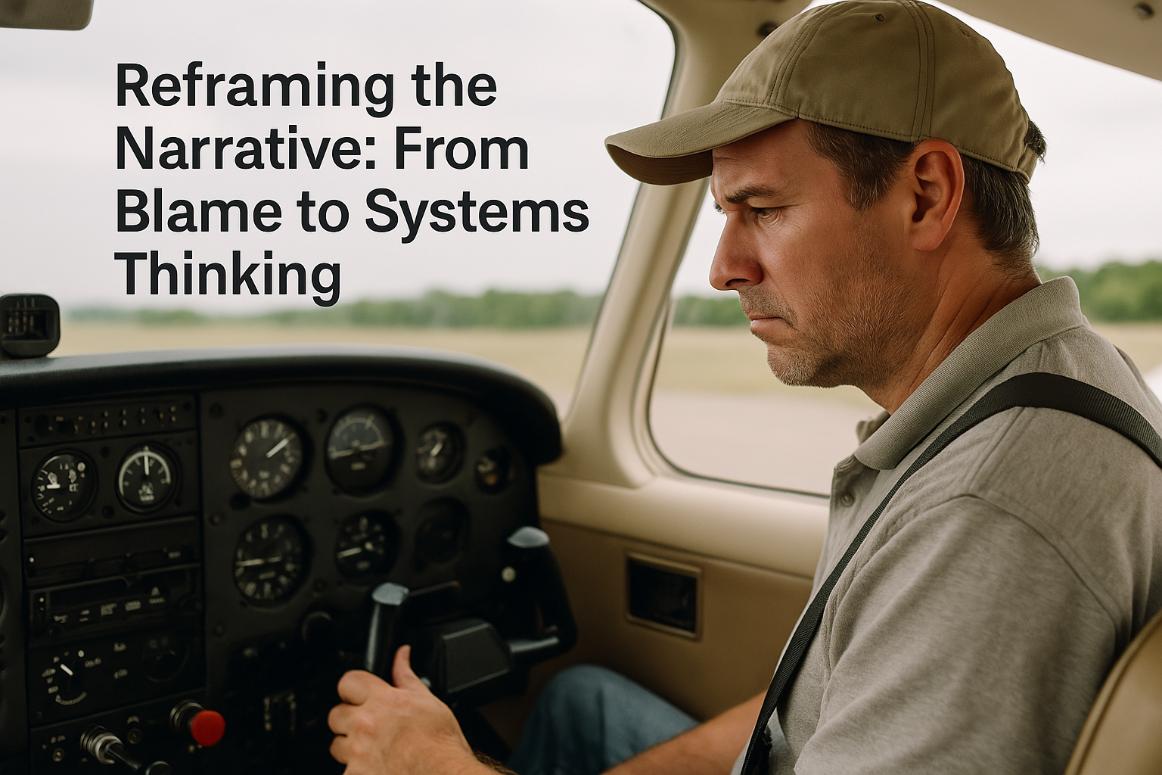For decades, the story around fuel-related accidents in general aviation has followed a familiar script: a pilot runs out of fuel, and the cause is chalked up to poor planning, carelessness, or failure to follow procedure. The conclusion—nearly every time—is that this was a “pilot error” accident, and the fix is always the same: more training.
But this narrative, repeated in NTSB reports, echoed by aviation writers, and reinforced in hangar talk, has a blind spot: it rarely examines the role of the aircraft system itself—especially the fuel indication system. It ignores the fact that many small aircraft continue to operate with fuel gauges that are unreliable, poorly maintained, or unairworthy by modern standards. It fails to ask: Why was the pilot misled in the first place? Why did the aircraft allow misinformation about something as critical as fuel?
This is a confirmation bias—a systemic inclination to see pilot behavior as the root of the problem, and overlook the mechanical, informational, and design contributors to the accident chain. And it has real consequences.
By focusing almost exclusively on pilot error, accident investigations and safety recommendations often bypass the Prevent, Guard, and Warn layers of system design:
- Prevent: Inaccurate fuel gauges are treated as a given—there’s no call to mandate accurate, digital fuel indication in legacy aircraft, even though the technology exists and is FAA-approved.
- Guard: Fuel totalizers, when present, are rarely cross-verified with actual fuel quantity data. Accident reports seldom examine whether the pilot had a reliable, redundant way to confirm their fuel state.
- Warn: Many aircraft offer no alert when fuel is critically low, no mismatch warning between totalizer and gauge, no real-time warning beyond a bouncing needle. The system is silent until the engine is.
What’s left is Train—the one element of the safety chain that puts the full burden on the pilot. And while training is critical, it’s not enough. No amount of instruction can overcome misleading instrumentation or the absence of a warning that could have prevented the accident.
This approach obscures opportunities for meaningful change. It normalizes flying with substandard equipment. It discourages owners from investing in better systems because the industry message is clear: “It’s your job not to trust the airplane.”
But we can—and must—do better.
- We must start calling out unairworthy fuel indication as a contributing factor in accidents.
- We must emphasize the proven safety value of pairing accurate fuel quantity systems (like CiES senders) with fuel totalizers—a combination that creates a powerful Guard mechanism.
- We must shift the accident narrative from “pilot failed to check fuel” to “the system failed to inform the pilot.”
This is not about shifting blame. It’s about sharing responsibility between the pilot and the machine. It’s about designing, retrofitting, and certifying systems that prevent, guard, and warn—so that training becomes the final safeguard, not the only one.
Fuel exhaustion and starvation are among the most preventable causes of accidents in aviation. But we’ll never prevent them until we stop asking, “Why did the pilot make that mistake?” and start asking, “Why did the aircraft allow that mistake to become fatal?”


This is so important. We should know when we are close, but the aircraft systems should help us.